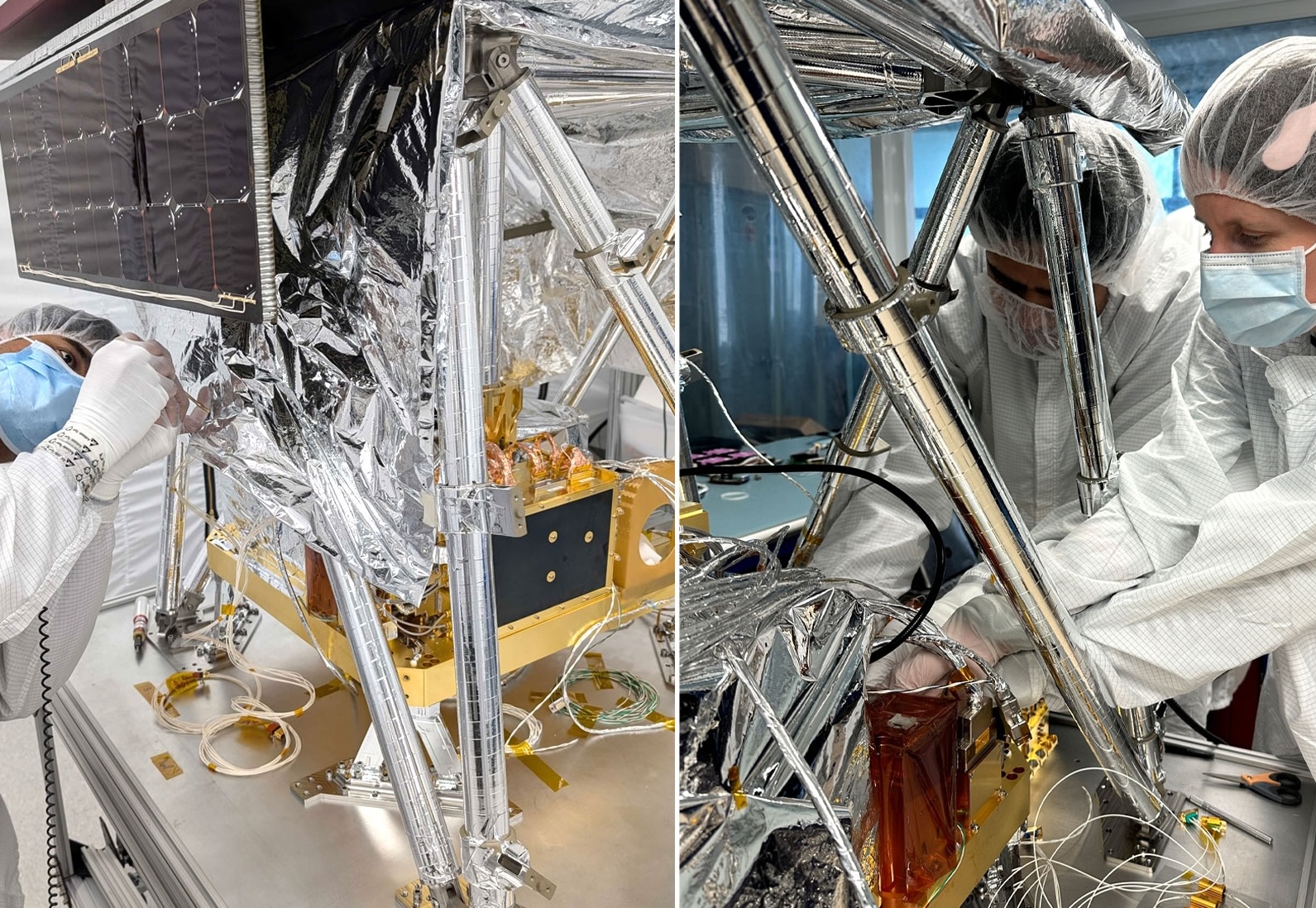Researchers at a Long Island federal laboratory have completed a “milestone” phase of development on what they say will be a history-making telescope.
The LuSEE-Night
Officials at the Brookhaven National Laboratory announced the completion of the “major item of equipment” phase on the Lunar Surface Electromagnetics Experiment-Night, or LuSEE-Night.
The LuSEE-Night is a moon-based radio telescope that one official said would advance the new field of “space-based radio astronomy.”
Listening for Radio Waves
Developers intend for the LuSEE-Night to be able to survive on the far side of the moon, which alternates between 14 days of sunlight at temperatures of 280 degrees Fahrenheit and 14 days of darkness, when temperatures plummet to 280 degrees below zero.
However, the area is also shielded from radio interference from both the Earth and the sun, which could allow scientists to listen for radio waves that date back billions of years and, in turn, provide vital information about the history of the universe.
Surviving on the Far Side of the Moon
Brookhaven scientists outlined the strict and occasionally competing requirements of building a device capable of surviving in such harsh conditions, from the weight requirements needed for launch to the sophistication of its instruments.
Brookhaven scientists, in particular, custom-built the system’s radio spectrometer, which would allow the device to sense low-frequency radio waves.
Launch Expected in 2026
After final assembly is completed at Brookhaven, officials at a Utah State University lab plan to conduct an environmental test of the system this summer. Officials currently expect the LuSEE-Night to be launched aboard a Firefly Aerospace Blue Ghost 2 lander next year.
Image credit: Space Sciences Laboratory
